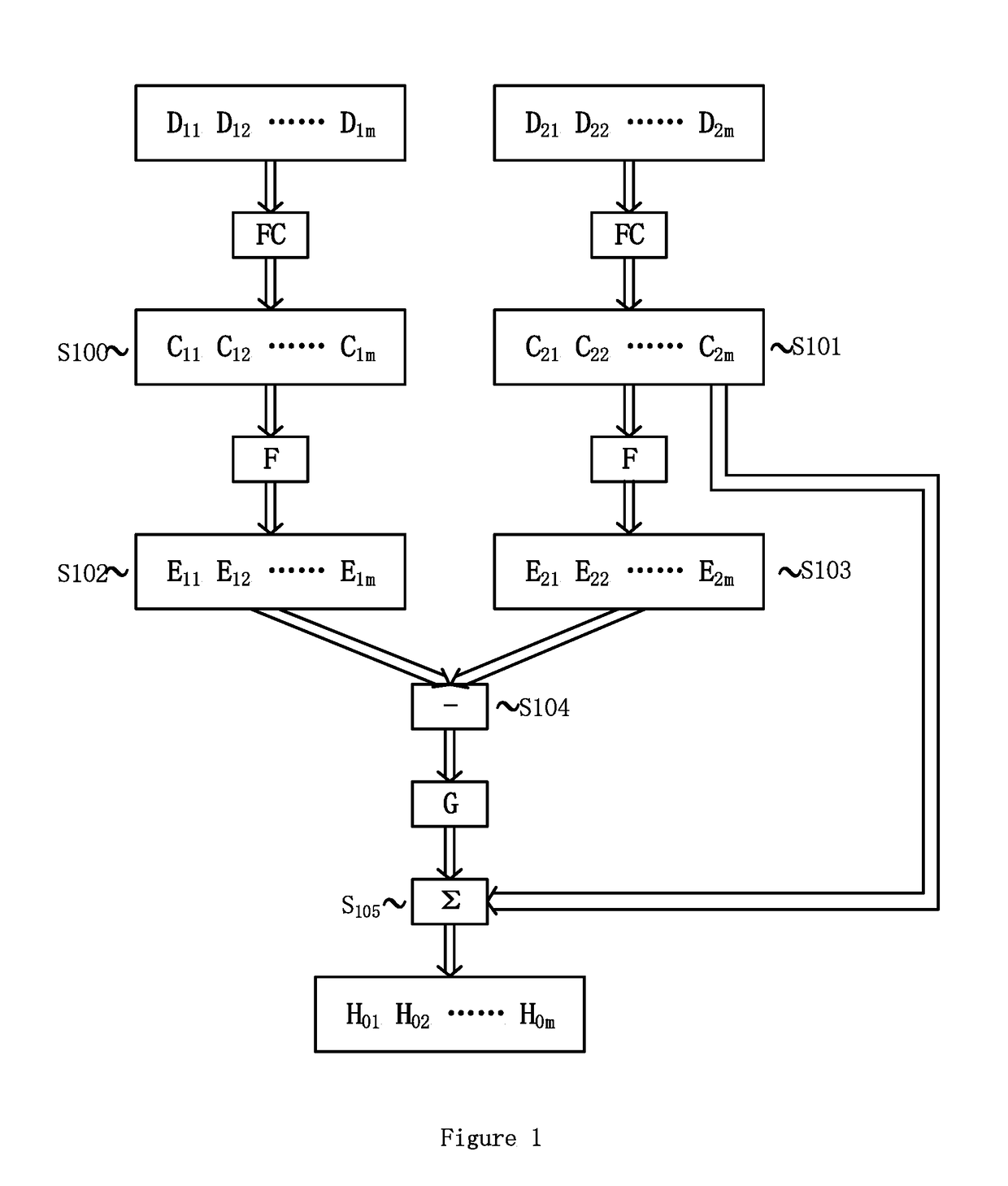Method and system for controlling cooling system of power equipment
a technology of cooling system and power equipment, which is applied in the direction of computer control, program control, instruments, etc., can solve the problems of low copper loss of winding, higher power consumption of cooling system, and low overall efficiency
- Summary
- Abstract
- Description
- Claims
- Application Information
AI Technical Summary
Benefits of technology
Problems solved by technology
Method used
Image
Examples
Embodiment Construction
[0018]In the following description, for purposes of explanation and not limitation, specific details are set forth, such as particular circuits, circuit components, interfaces, techniques, etc. in order to provide a thorough understanding of the present invention. However, it will be apparent to one skilled in the art that the present invention may be practiced in other embodiments that depart from these specific details. In other instances, detailed descriptions of well-known methods and programming procedures, devices, and circuits are omitted so not to obscure the description of the present invention with unnecessary detail.
[0019]FIG. 1 illustrates a method for controlling cooling system of a power equipment according to an embodiment of present invention. For example, the power equipment is a power transformer. As shown in FIG. 1, operational cost related parameters Powerloss, Lifeloss, Noisereductionloss respectively for a first load cycle and a second load cycle in the history...
PUM
 Login to view more
Login to view more Abstract
Description
Claims
Application Information
 Login to view more
Login to view more - R&D Engineer
- R&D Manager
- IP Professional
- Industry Leading Data Capabilities
- Powerful AI technology
- Patent DNA Extraction
Browse by: Latest US Patents, China's latest patents, Technical Efficacy Thesaurus, Application Domain, Technology Topic.
© 2024 PatSnap. All rights reserved.Legal|Privacy policy|Modern Slavery Act Transparency Statement|Sitemap



